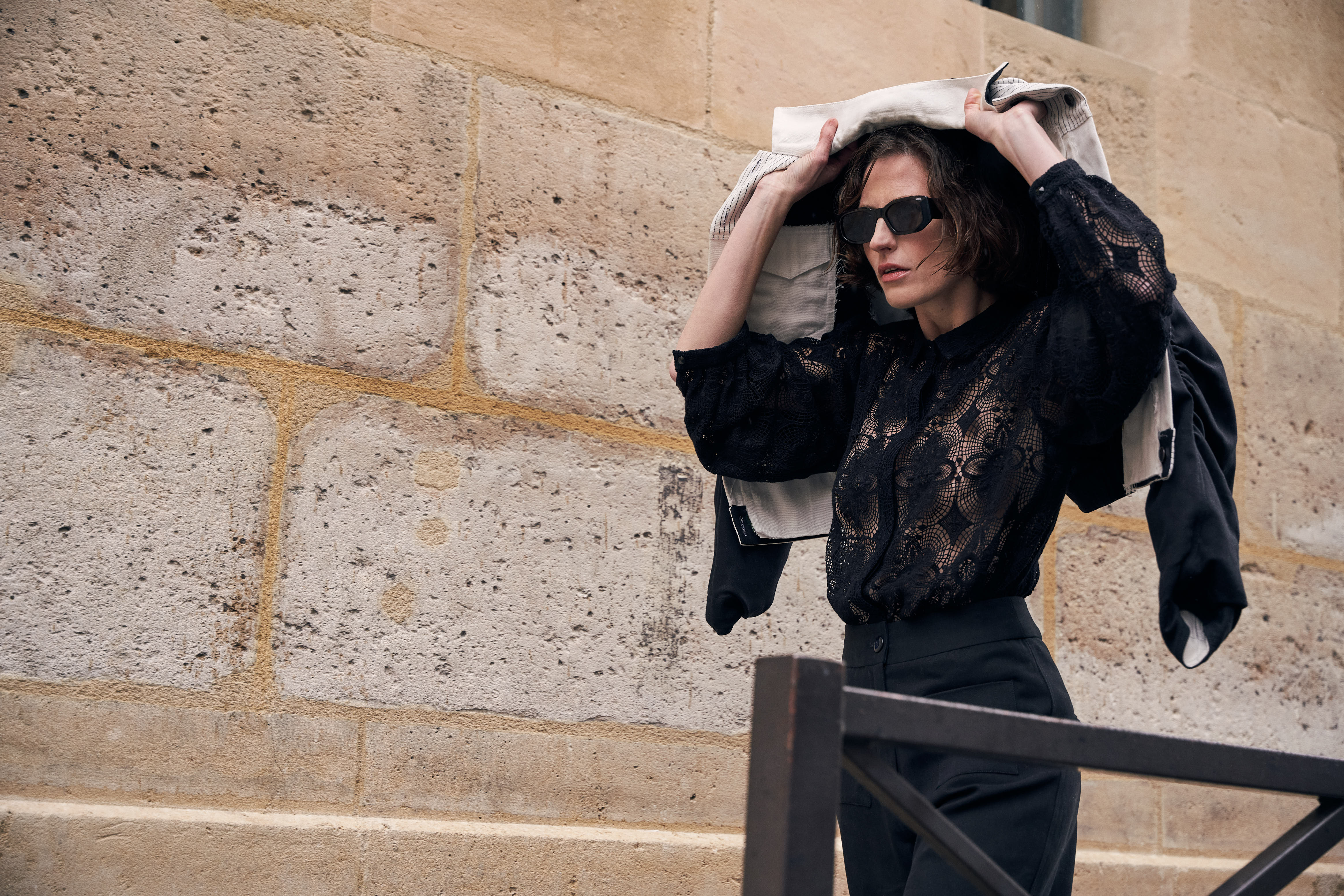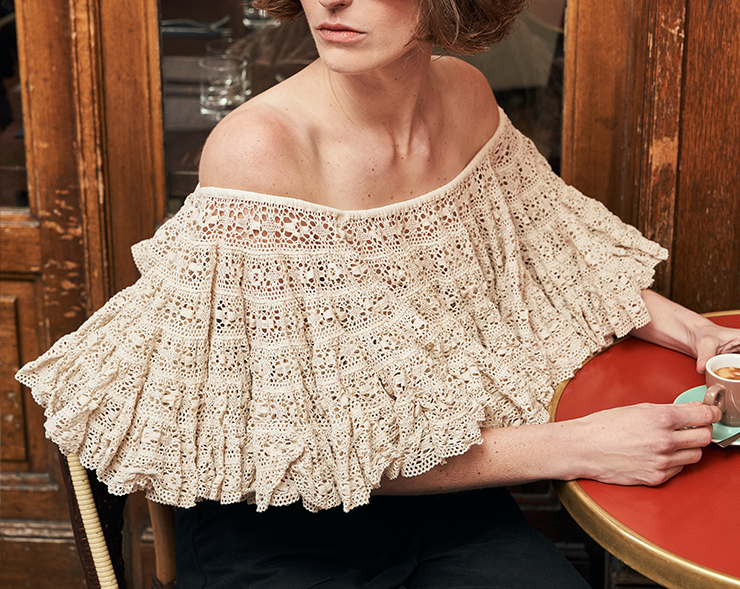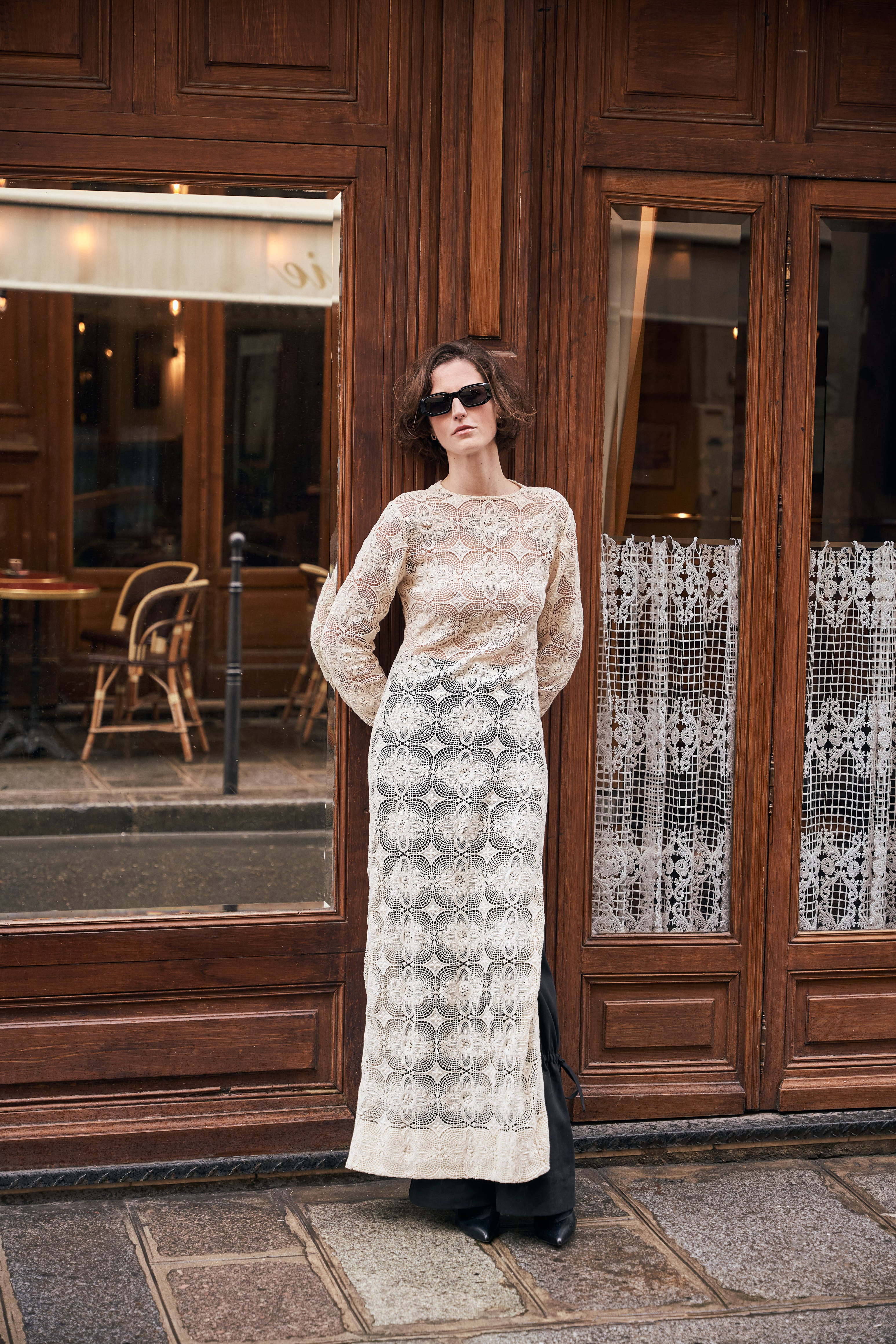
Marc Newson, the great Australian born designer and artist, must have been inspired by the poetic text of Junichiro Tanizaki about toilets when he was called to design new public toilets for the city of Tokyo, which he just recently unveiled.
This is what Tanizaki, in his 1933 essay about Japanese aesthetics, In Praise of Shadows, writes about an ideal Japanese toilet:
“The novelist Natsume Sōseki counted his morning trips to the toilet a great pleasure, “a physiological delight, he called it. And surely there could be no better place to savor this pleasure than a Japanese toilet where, surrounded by tranquil walls and finely grained wood, one looks out upon blue skies and green leaves. As I have said there are certain prerequisites: a degree of dimness, absolute cleanliness, and quiet so complete one can hear the hum of a mosquito. I love to listen from such a toilet to the sound of softly falling rain, especially if it is a toilet of the Kantō region, with its long, narrow windows at floor level; there one can listen with such a sense of intimacy to the raindrops falling from the eaves and the trees, seeping into the earth as they wash over the base of a stone lantern and freshen the moss about the stepping stones. And the toilet is the perfect place to listen to the chirping of insects or the song of the birds, to view the moon, or to enjoy any of those poignant moments that mark the change of the seasons. Here, I suspect, is where haiku poets over the ages have come by a great many of their ideas. Indeed one could with some justice claim that of all the elements of Japanese architecture, the toilet is the most aesthetic. Our forebears, making poetry of everything in their lives, transformed what by rights should be the most unsanitary room in the house into a place of unsurpassed elegance, replete with fond associations with the beauties of nature. Compared to Westerners, who regard the toilet as utterly unclean and avoid even the mention of it in polite conversation, we are far more sensible and certainly in better taste. The Japanese toilet is, I must admit, a bit inconvenient to get to in the middle of the night, set apart from the main building as it is; and in winter there is always a danger that one might catch a cold. But as the poet Saitō Ryoku has said, “elegance is frigid.” Better that the place be as chilly as the out-of-doors; the steamy heat of a Western-style toilet in a hotel is the most unpleasant.”

Newson was called by the city of Tokyo, along with Tadao Ando, Fumihiko Mori and Shigeru Ban, to imagine new public restrooms for the 2020 Olympics. His Tokyo Toilet is a beautiful and poetic edition to the hectic Japanese metropolis. Tanizaki would probably be inspired to write a haiku about it. The small edifice is located in the Shibuya district, perched under an overpass and surrounded by two roads. Amid the busy location, Newson wanted the structure to trigger feelings of comfort, familiarity and peacefulness and for it to be a useful and welcoming space for locals and visitors alike. He thus incorporated elements of traditional Japanese architecture and craft in his design, such as a stone wall and a copper Minoko roof, often found in shrines, temples, and tearooms in rural areas. The main body of the structure is made of concrete, a material which the Japanese have a tradition of using with more elegance, like in Tadao Ando’s buildings. As concrete and copper age, they will blend in their environment. “My design for the toilet focuses on functionality, simplicity and creating an inviting and enduring space,” said Newson.

Inside the maisonette-toilet, a pale blue-green finish dominates the walls and floors, creating an environment that feels bright, safe, calm and cool. The toilet places an emphasis on hygiene and modernity. Its luminescent aesthetic resembles that of a spaceship - a stark contrast to the traditional look of the outside. “It is important to me that the toilet feels trustworthy and honest inside and out: the bright interior is seamlessly and hygienically finished in a monochromatic green, one of my favorite colors”, explains Newson.
Exactly 90 years after Jun’ichiro Tanizaki’s eloquent praise of toilets, this Japanese toilet is certainly “a place of unsurpassed elegance.”
Jean-Sébastien Stehli
Also: Marc Newson. Works. Taschen. 1,500€. taschen.com







